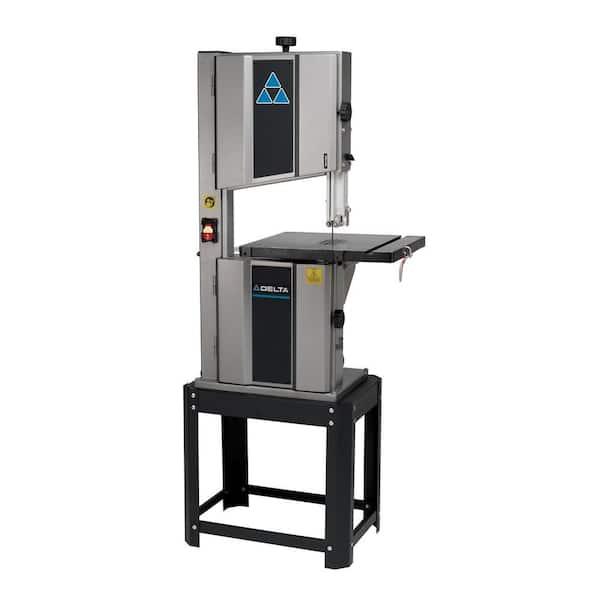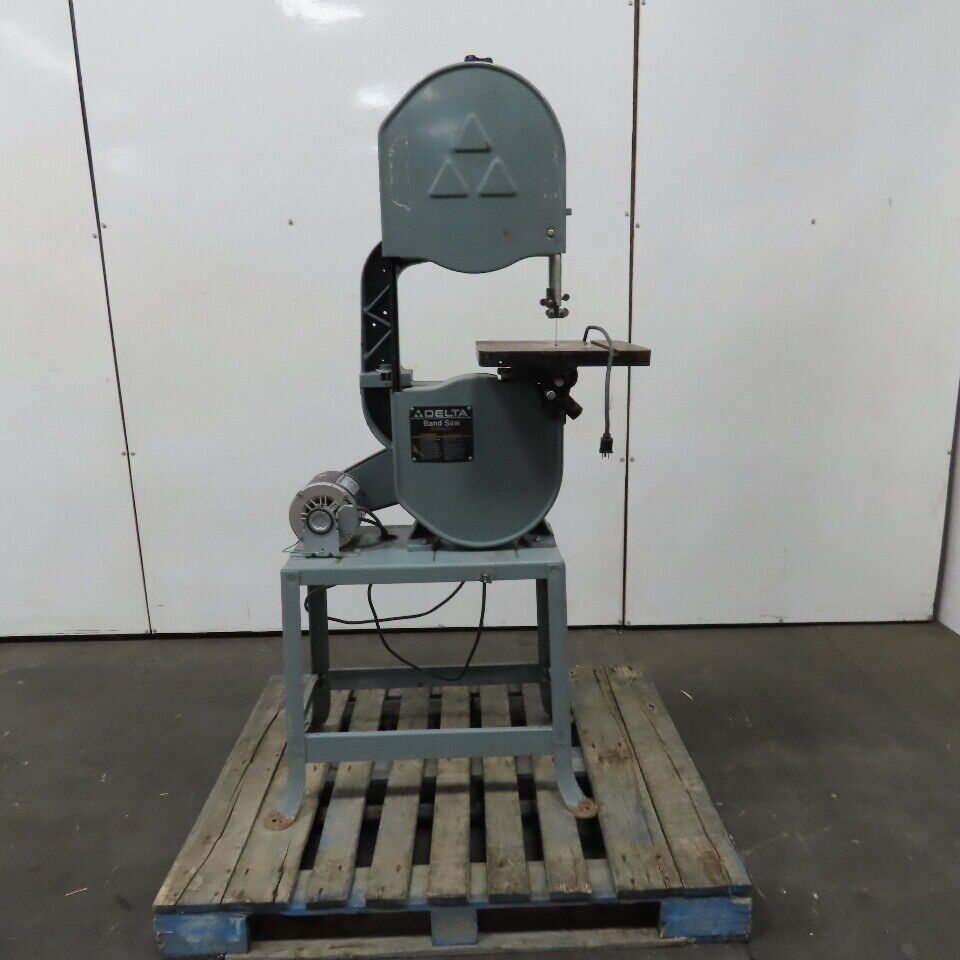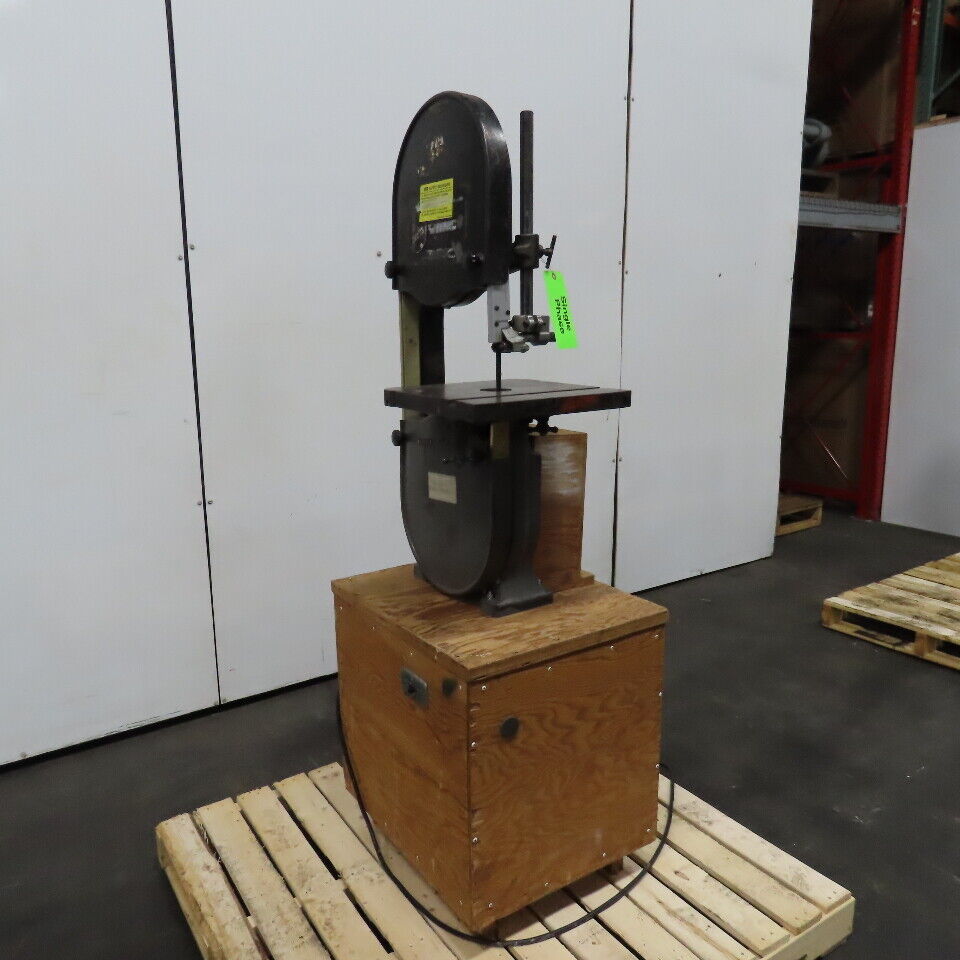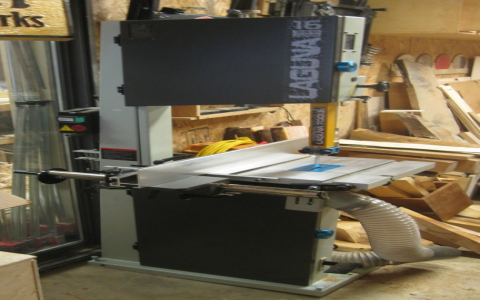So, this Delta band saw. Right. It wasn’t exactly a planned acquisition, more like it just… appeared. A buddy was clearing out his late uncle’s workshop and said, “You want this old thing? Otherwise, it’s scrap.” Me, never one to turn down a tool, especially a Delta, said sure. Looked a bit rough, covered in that fine layer of ancient sawdust that gets into everything.

Getting Started, or So I Thought
Dragged it back to my place. First thing, just wanted to see if the motor even hummed. Plugged it in, flipped the switch, and… a sort of grudging groan, then silence. Okay, not a great start. Figured it’d be a quick fix, maybe a stuck motor, bad switch. You know, the usual stuff with old gear.
I had this small project in mind, some curved cuts for a birdhouse. Nothing fancy. Thought this band saw would be perfect, save me a lot of hassle with the jigsaw. That was the plan, anyway. Simple, right?
The “Simple” Fixes Begin
Well, simple went out the window pretty fast. Took the motor cover off. More dust. The belt looked like it was about to crumble if you stared at it too hard. Fine, new belt. Easy enough. Then I checked the blade. Rusted. Dull as a butter knife. Okay, new blade too. This was starting to add up, but hey, it’s a Delta, supposed to be good iron.
Got the new blade, went to put it on. That’s when I really got into the guts of it. The blade guides, man, those things were a piece of work. Seemed like every screw was either seized or stripped by someone who came before me. Spent a good afternoon just coaxing those guide blocks to move. Lots of penetrating oil, lots of gentle tapping, lots of muttering under my breath.
Then the tensioning mechanism. It felt… gritty. Took that apart, cleaned it, greased it. Little bits and pieces. You know how it is. One thing leads to another. What was supposed to be a “check if it runs” turned into a mini-restoration project I didn’t sign up for.

Actually Using the Thing
Finally, after what felt like way too much time for a “free” saw, I got it all back together. New blade tracking nicely, guides set up as best as I could figure from some blurry old manual I found online. Fired it up. This time, it spun. Sounded pretty good, actually. A solid hum.
Took a piece of scrap pine. Fed it into the blade. And it cut. A clean, smooth curve. Just like that. After all that messing around, it actually did what it was supposed to do, and it did it well. Made those birdhouse pieces in no time. The cuts were way better than I could’ve managed with my jigsaw.
So, What’s the Deal with These Old Deltas?
Here’s the thing I realized. These old Delta machines, they’re built solid. Real heavy castings, not like the plastic junk you see a lot of these days. But they need love. If they’ve been neglected, you’re in for some work. It’s not plug-and-play. You gotta be willing to get your hands dirty, figure things out, maybe even make a part or two if you can’t find it.
It’s a bit like some of these companies I’ve seen. They’ve got a good core, a solid foundation, but over the years, things get neglected. Different people fiddle with different parts, no one’s looking at the whole picture. Then someone new comes along and says, “Hey, this could be great if we just fix this, and this, and that.” Sometimes it works out, sometimes it’s just a money pit. This band saw, thankfully, was worth the effort. But it wasn’t the quick win I thought it would be. That’s usually how it goes, isn’t it?
I guess that’s why I keep tinkering with this old stuff. There’s a satisfaction in bringing something back from the brink, even if it fights you every step of the way. And now, I’ve got a decent band saw. Just had to pay for it in skinned knuckles and a bit of my sanity.










